Kokology Test – Fantastic Tool For Self Analysis
Take a Kokology test to connect with your inner self and delve into the deepest depths of your psyche.
Gaining self-knowledge is central to your spiritual journey.
Knowing how your subconscious mind processes information allows you to see the filters that exist within your mind and how they affect your thought and behavior patterns.
You might have taken online personality tests and quizzes before and been disappointed with the results.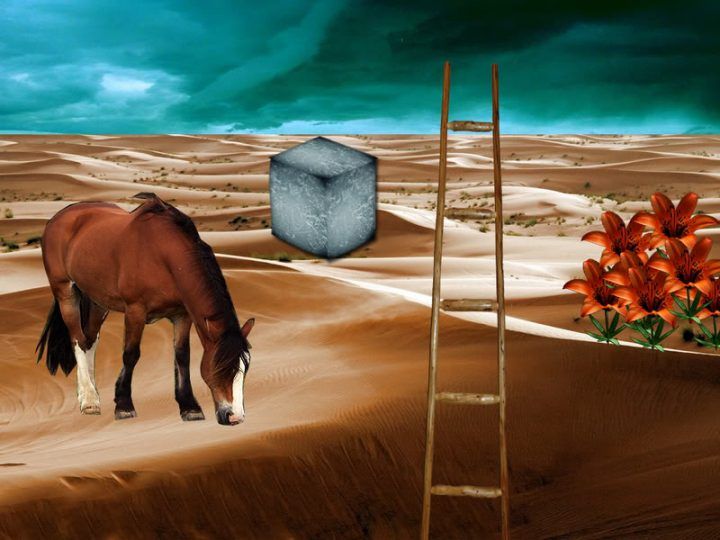
If you have, then we recommend trying a Kokology test and seeing the results for yourself.
You will be pleasantly surprised!
What Is Kokology?
Kokology is the study of Kokoro, which is Japanese for “mind” or “spirit”. The book series which contains the tests was created by Tadahiko Nagao and Isamu Saito.
Both university professors and authors who research and write about psychology and relationships.
The idea is this:
By using guided daydreaming and meditation you can expose your inner thinking to your conscious mind, and in so doing reveal the condition of your psyche.
The book series contains many tests that serve this purpose.
They are intended for two people to test together, with one person serving as the narrator/interpreter and the other being the one who is taking the test.
However, you can also test on your own.
The most famous test – and one that is perfect for beginners – is the Kokology Cube Test.
Kokology Cube Test
The Kokology Cube Test asks you to draw a scene step-by-step.
The drawing you render by the end of the exercise will reveal the status of your inner mind.
Are you ready to delve into your psyche? Get your pen and paper ready draw what you see as you follow the steps below:
Step 1: A Cube In The Desert
Imagine you are in a desert. You are alone, and there is nothing around you – except for sand, sun, and a single cube.
Focus on the cube. Think about the position of it, its size, and if it is moving. Ask yourself what it is the cube made of.
Step 2: A Ladder Appears
Now imagine there is a ladder in the scene. Switch your focus to it.
Think about the position of the ladder, where it lies and how it does so.
Also think about the age of it and what it is made of, as well as how long it has been exposed to the elements.
Step 3: The Horse
Now you see a horse. Place it in the scene.
Think about the movement of the horse, its mood and demeanour.
Is it an old stallion or a young mare? Long or short mane?
What colour is it?
Step 4: A Flowering
Now you notice some flowers springing up into the scene.
Where are they in relation to the other objects? How many flowers are there, and what type?
Are they healthy and growing, or wilting and dying? Packed close together, or spaced out?
Step 5: And The Heavens Open
Finally, you see a storm. Move your focus to it.
Is the storm far away or has it already arrived? Is it closing in or moving away?
Think about the severity of it, how dark the clouds are, and if thunder and lightning are rumbling within.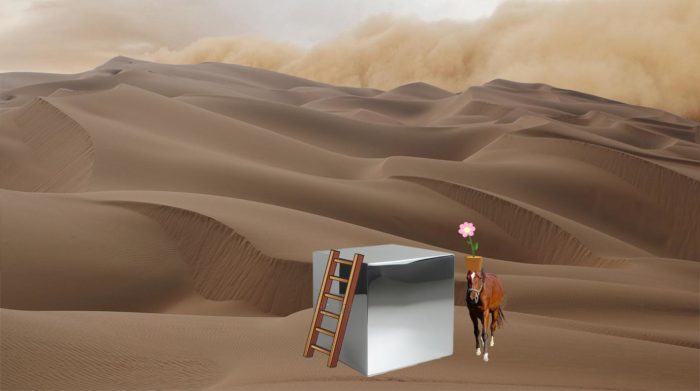
Kokology Cube Test Interpretation
Interpreting your Kokology Cube Test drawing is a job that is best undertaken with a friend, but it’s also okay to do it on your own as long as you are honest with yourself during it.
Cube
Look at the cube. It represents your ego.
If it is large then it represents a confident person with a strong, healthy ego – though too large and it could suggest arrogance or self-importance.
If it is partially buried, then you are a planner by nature, preferring to work out a plan of action before taking it.
However, if it is laid on top of the sand or floating above it, then you have a more dynamic, adaptable approach.
If it is moving, then you are a lateral thinker.
Ladder
Now the ladder. It represents your friends.
If the ladder is leaning on the cube, then you have a powerful connection with your friends, and you like to rely on them for support.
If it is not, then you prefer independence and don’t want to rely on anyone else.
If the ladder is above the cube, then you look up to your friends. Below and your friends see you as an authority figure.
If they are at the same height then you are on equal footing.
If the ladder is long, then you like to have a large circle of friends.
If it is short, then you prefer a closer relationship with a smaller group of friends.
Horse
The horse represents your ideal partner.
A muscular workhorse represents someone hard-working and reliable, whereas a prettier horse represents someone who takes care of their appearance.
The distance between the horse and the cube represents how close you are to meeting your ideal partner.
If the horse is partially hidden behind it, then your perfect partner is already in your life.
Flowers
The flowers represent your children.
A large number of flowers means that you would like lots of children. If they are sparse, then you might only want one or none at all.
If they are close to the cube, then you value your relationship with your children very much.
Further away and they are not the central part of your life.
Storm
The thunderstorm represents the fears in your life.
If the storm is in the distance, then you are not worrying much at all. If it is closer and approaching, then anxiety is close to you right now.
If it is directly overhead, then you are being overwhelmed by your fears and anxieties.
If there is a lot of thunder and lightning, then you are facing a fear that you feel unprepared to face, whereas if it is quieter then you are ready to face this conflict.

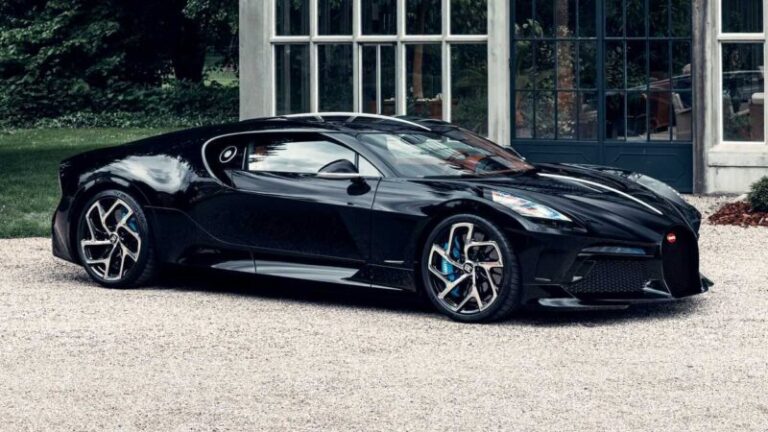
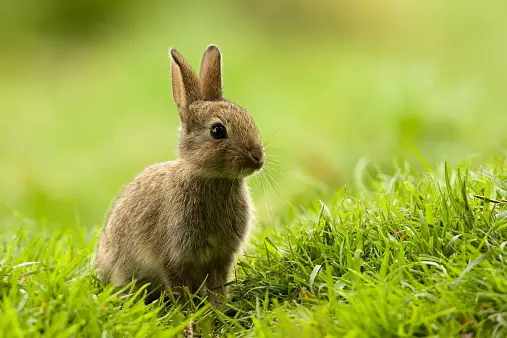


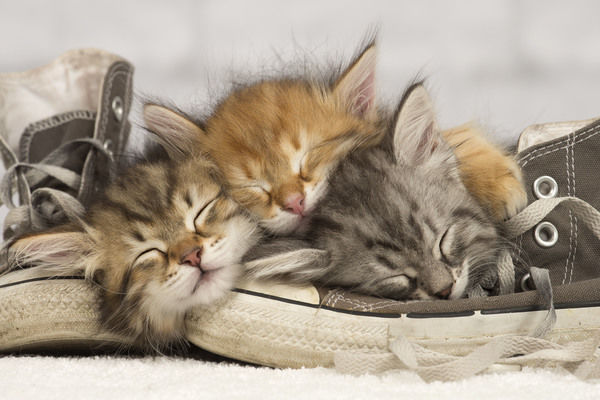
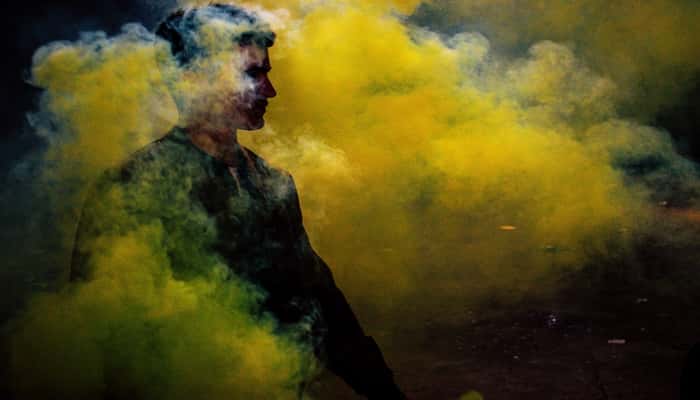
So, the cube is quite ornate and about the size of a rubix and floats and spins until the flowers come in, then the cube is on the ground surrounded by prickly-pear cactus with nine flowers that are white. The ladder is an old aluminum ladder and lying down on the ground, off to the side. It’s normal sized. The horse is off to the left standing at a hitch post, not tied to it just there facing left, away from me. So from left to right, it’s the horse, brown and calm and a fine specimen, then the cactus/flower-surrounded fancy cube then the ladder on the ground to the right and then the western horizon with yellow/gold light of a setting sun making the storm clouds appear as light thin silhouettes of a long ago spent storm. It’s early evening and the sky where I am is still a gorgeous shade of blue. Although the cube is quite beautiful, I feel no urge to even really look at it or disturb it nestled in the flowers down on the ground. More than anything else, I just want to sit down and drink some iced-tea and relax until the horse is done staring at whatever it’s star